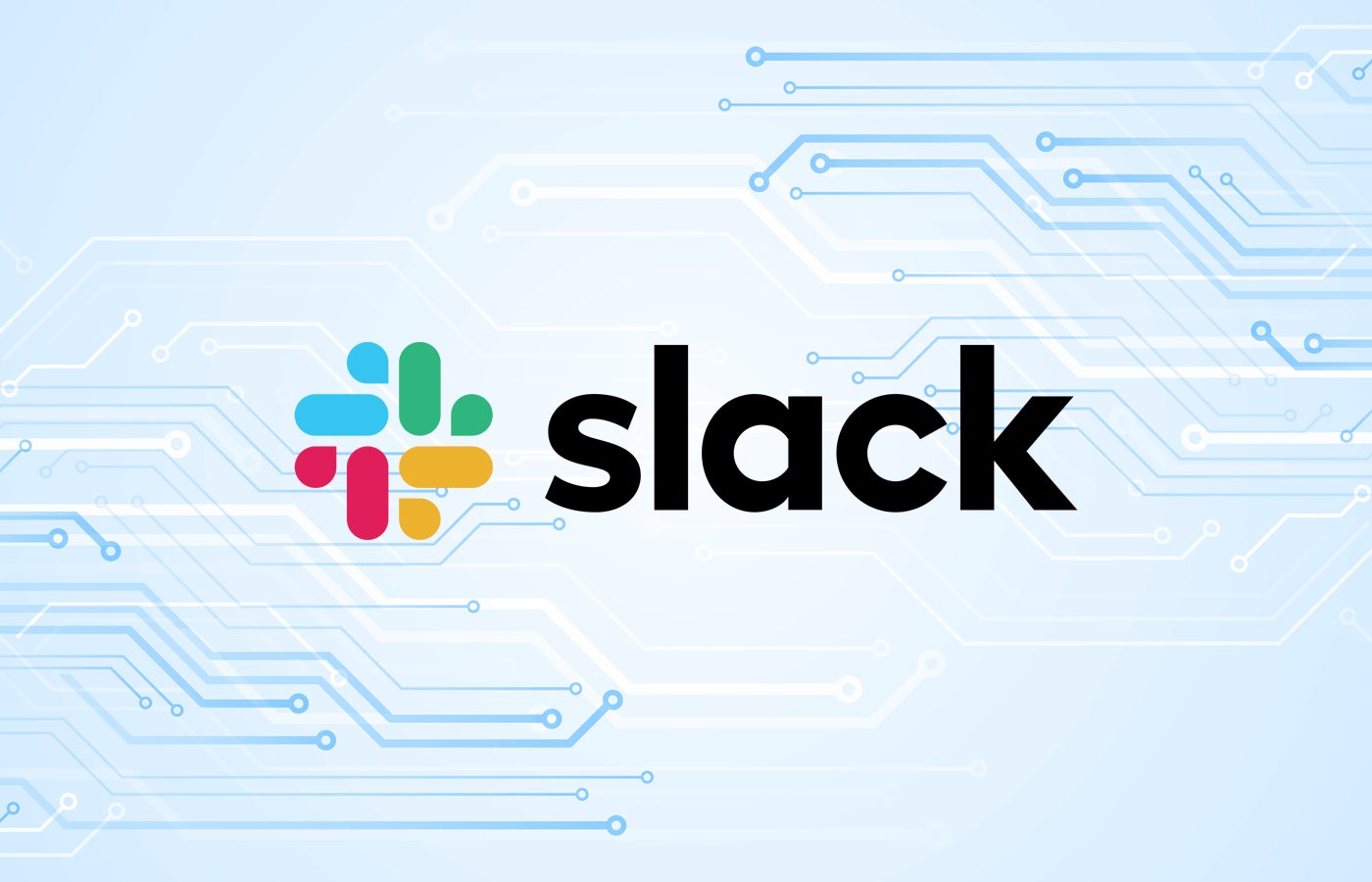Salesforce is jumping further onto the automation bandwagon with newly announced features in Slack that make it easier for users to build features regardless of their level of technical expertise.
According to an Aug. 26 press release:
- Slack users can now build a workflow that starts automatically when an event occurs in a third-party app such as PagerDuty, Asana, or BitBucket.
- Customers creating workflows in Slack can access more than 50 new plug-and-play templates of common productivity use cases.
- Developers have access to more coding languages and tools, so they can create custom workflows and share them with their teams.
“As Slack continues to become the destination for getting work done, we’ll continue to make it as seamless as possible for users to create automated workflows and take productivity into their own hands,” Rob Seaman, Slack’s chief product officer, said in a public statement.
The news comes after Slack launched its generative AI assistance tool earlier this year.
A deeper dive into the features
Slack’s Workflow Builder no-code automation tool allows users to automate their most important processes and tasks within the platform without adding to IT workloads.
Previously, an action that occurred in Slack and Salesforce was the only way to start a Slack workflow. These new features enable users to automatically start an action in a third-party app directly in Slack.
For example, if an organization has a critical outage, a user can log a ticket in PagerDuty. That will start a workflow in Slack and create an incident channel, add team members, set up a canvas, and share all relevant information from PagerDuty, Salesforce said. Team members will be given the context they need to resolve the issue efficiently in their flow of work.
Another new feature is the ability to easily build workflows in Workflow Builder with a plug-and-play design and access to more than 50 new pre-built templates. This aims to let users quickly build automation processes for common business tasks, which could include starting a project, collecting survey data, and creating IT tickets.
Further, new tools in Slack’s developer platform aim to make customizing workflows easier. When users need to build a specialized workflow, they can use Slack’s open APIs and developer tools to create custom steps.
The new features allow developers to:
- Create and manage custom steps on the Slack app settings page in an intuitive user experience.
- Augment existing custom-built Slack apps with a custom step so it can be used in Workflow Builder, allowing end users to connect Slack apps to time-saving workflows.
- Access more programming languages to develop these custom steps, including JavaScript, TypeScript, Python, and Java.
The enhancements to Workflow Builder are generally available to all Slack customers now, Salesforce said.
Employers are demanding increased productivity
No-code development platforms have gained popularity in software development because they let non-IT staff create applications without having to know how to code.
Low-code tools, which require some basic coding skills, are also gaining momentum in the enterprise. Gartner predicts that developers outside formal IT departments will account for at least 80% of the user base for low-code development tools by 2026, up from 60% in 2021.
According to a 2023 Slack report, 71% of business leaders are under pressure from management to push teams to be more productive as a result of these no-code and low-code platforms, but a similar 70% of IT leaders are concerned that increasing business demands will stifle innovation.
What’s more, 77% of users maintain that their productivity would be greatly improved if they could automate routine tasks. No-code, user-friendly automation is becoming an essential tool companies need to achieve this goal and boost productivity without having to burden IT, Salesforce said.
The new Slack features aim to give both developers and end users the tools they need to easily automate any business process across their work apps, right where they’re already working, Seaman said.
One of Slack’s product principles is “don’t make me think,’’ Seaman said. “We’re applying that to the historically technical and time-consuming area of automation so that it’s an intuitive and delightful productivity driver — for everyone.”
Source link
